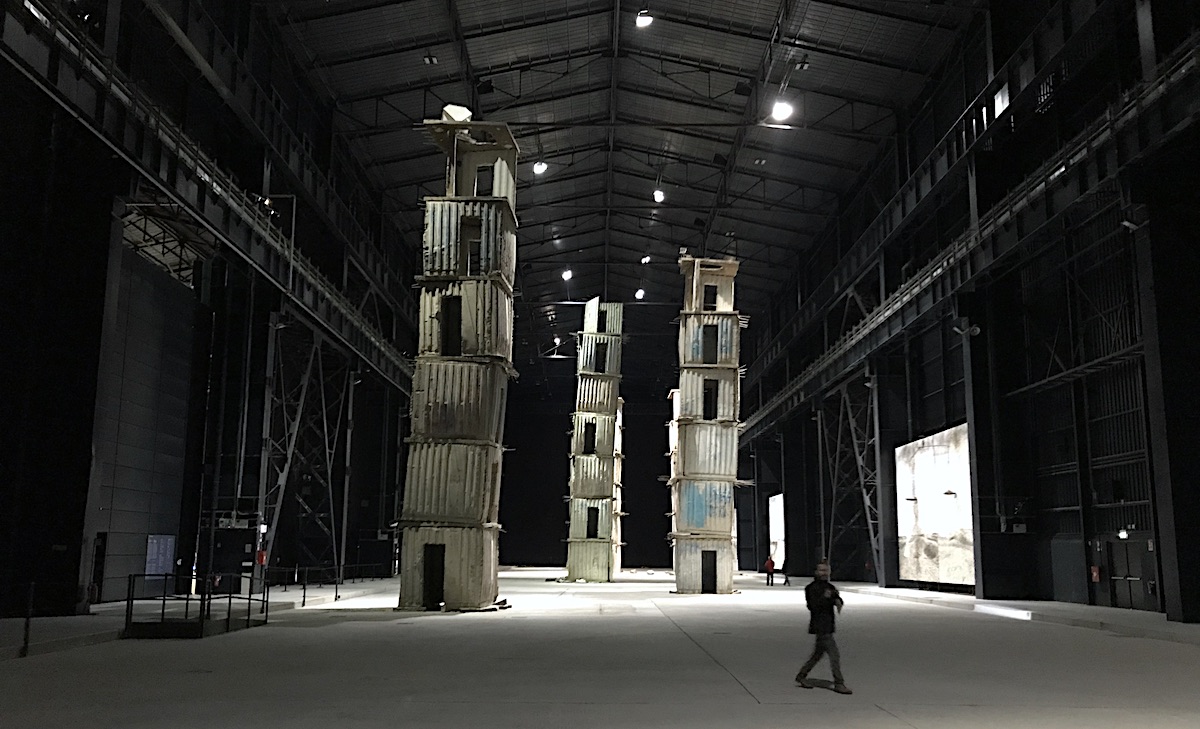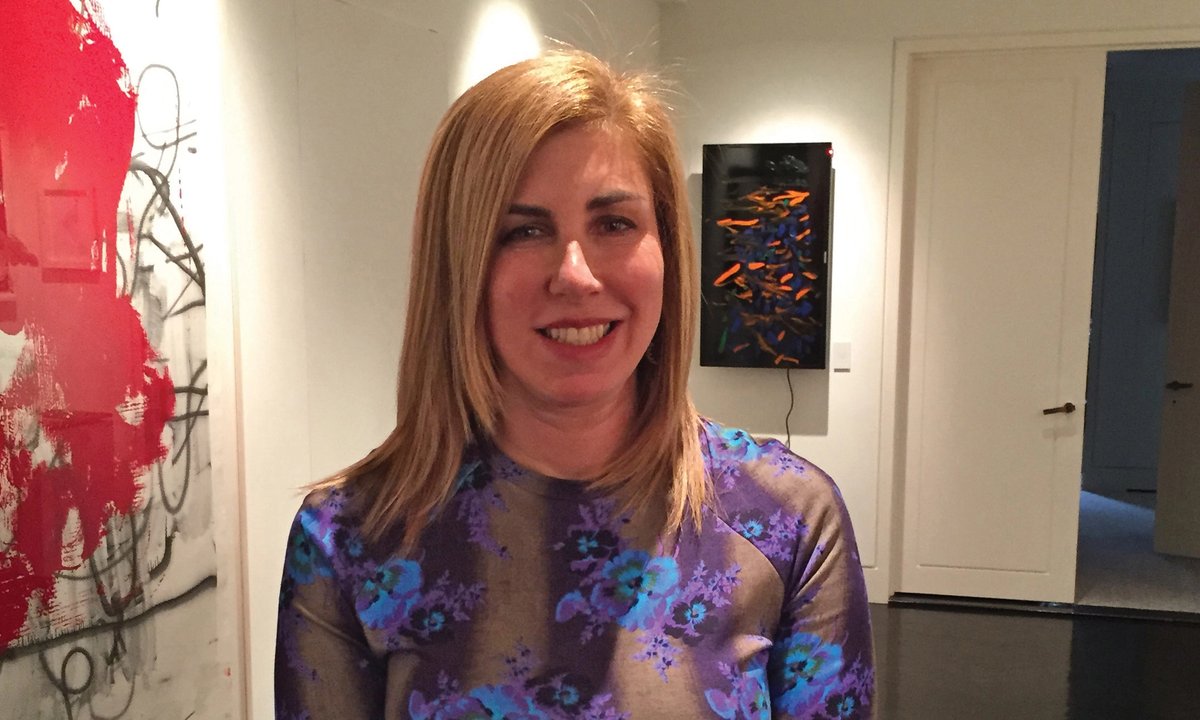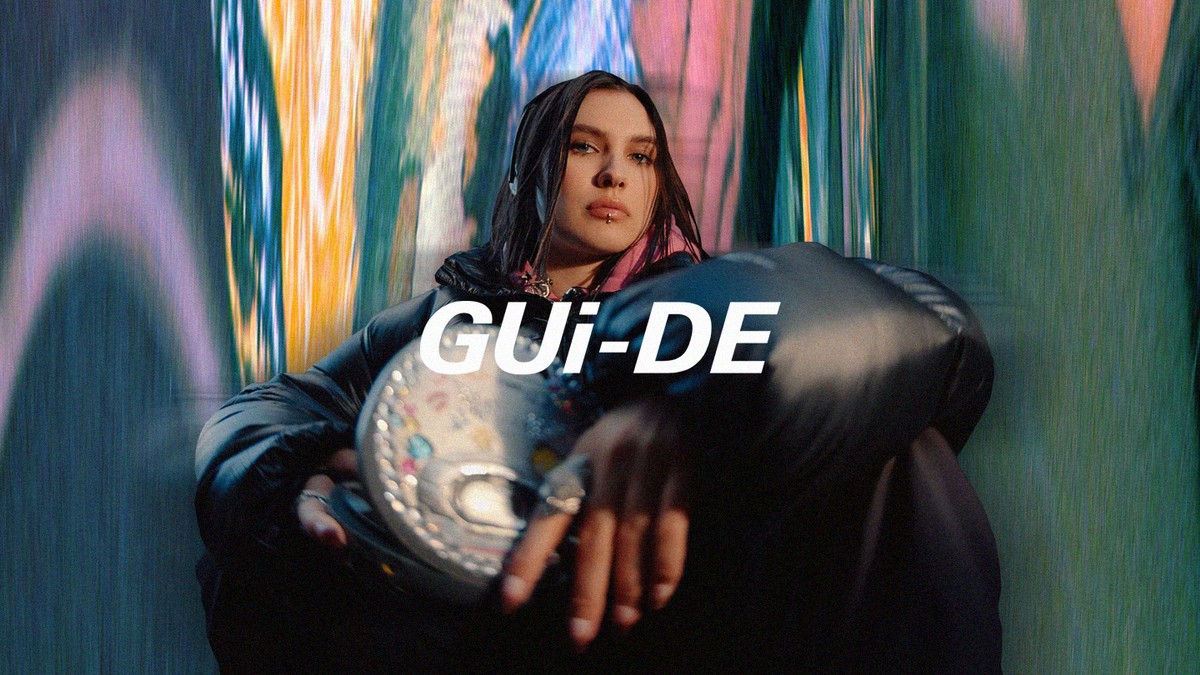Blue Elbow (Coude Bleu)
2015 - Sculpture (Sculpture)
99.9 x 41.9 x 27 cm
Jumana Manna
Blue Elbow (Coude bleu) is made from plaster, burlap, lacquer, pigments and plastics. The materials related to the techniques of the sculpture or the painting but also others, which refer to commerce, to objects of consumption. The chair refers directly to the body as does the title of the work, Blue Elbow . The amphora itself becomes organic and opposes the rigidity of the chair. The chair becomes elbow and the evocation of the blue brings back to the body, to a wound, to an injury. She calls the vases of this series “Muscle Vases”. The work is part of the Menace of the Origins project which begun at the Sculpture Center in New York in 2014. The project highlights the potential violence of archaeological excavations and the instrumentalization of remains. Manna often refers to a predominantly masculine and western violence that comes from the experience of the power here represented by penetration. For Manna, sculptures are a privileged space for exploring materiality, the physical relation that the body has with objects, space and materials; she states: “I am interested in the way objects are vehicles or agents like our bodies are ships of subjectivity”.
Jumana Manna is a Berlin-based artist whose work revolves around the body, national identity, and historical narratives. She produces films and installations that employ methodologies sometimes attributed to the historian or the anthropologist. She immerses herself in her projects to define a practice that questions the limits of the body in relation to historical and national narratives. She creates sculptures that are both deconstructions and aggregations of many elements. She uses resin but also bones, wood, or ready-made objects. The objects are reused in ways other than the ones that have been assigned to them, allowing for new stories to be told, and affirming their material dimension.
Colors:
Related works sharing similar palette

© » KADIST
Nikita Kadan
2018East of Ukraine became a place of armed conflict with Russia-backed separatists, who proclaimed parts of (the) Donetsk and Lughansk oblast (administrative region in Ukrainian) to be ‘People’s republics’...

© » KADIST
The Atlas Group
1996It is a little known fact that Lebanese historians were also gamblers during the war...

© » KADIST
davi de jesus do nascimento
2022davi de jesus do nascimento’s earthy paintings, from the series sorvedouro , recall his memories as an essentially organic matter...

© » ARTS EQUATOR
Weekly Southeast Asia Radar: Is Filipino gender neutral?; Cultural tours go online | ArtsEquator Thinking and Talking about Arts and Culture in Southeast Asia ArtsEquator Radar JL JAVIER via CNN Philippines July 9, 2020 ArtsEquator’s Southeast Asia Radar features articles and posts about arts and culture in Southeast Asia, drawn from local and regional websites and publications – aggregated content from outside sources, so we are exposed to a multitude of voices in the region...

© » KADIST
Alicia Henry
2019Out of simple materials, Alicia Henry creates enigmatic, somewhat troubled characters, which reveal her interest in the complexities and the contradictions surrounding familial relationships...

© » WHITEHOT
Ticket to Paradise: An Interview Whitney Oldenburg at Chart Gallery advertise donate post your art opening recent articles cities contact about article index podcast main December 2023 "The Best Art In The World" "The Best Art In The World" December 2023 Ticket to Paradise: An Interview Whitney Oldenburg at Chart Gallery By CLARE GEMIMA December 13, 2023 The intellectual landscape of sculptures and drawings in Whitney Oldenburg's latest exhibition, Ticket to Paradise (notably the work in the show entitled Feeding Frenzy), scrutinizes the intricate dynamics between protection and waste in the context of contemporary consumption...

© » KADIST
Malick Sidibé
1976Au bord du Fleuve Niger (1976) offers a unique insight into the lives of the 1970s in Bamako...

© » KADIST
Christopher Badger
2011Drowned Wood Standing Coiled (2011) consists of two sculptures, inextricably linked...

© » KADIST
Fabien Giraud & Raphael Siboni
2015-In which predicting its past it lives working and dies fighting- Fifth episode of The Unmanned , “La Mémoire de Masse” unfolds during the second Canuts revolts in Lyon in 1834...

© » ARTS EQUATOR
Weekly Picks: Indonesia (11-17 February 2019) | ArtsEquator Thinking and Talking about Arts and Culture in Southeast Asia Weekly To Do February 11, 2019 Top Picks of Indonesia art events in Jakarta, Bandung, and Bali from 11-17 February 2019 We start this week’s pick in the capital city of Jakarta...










